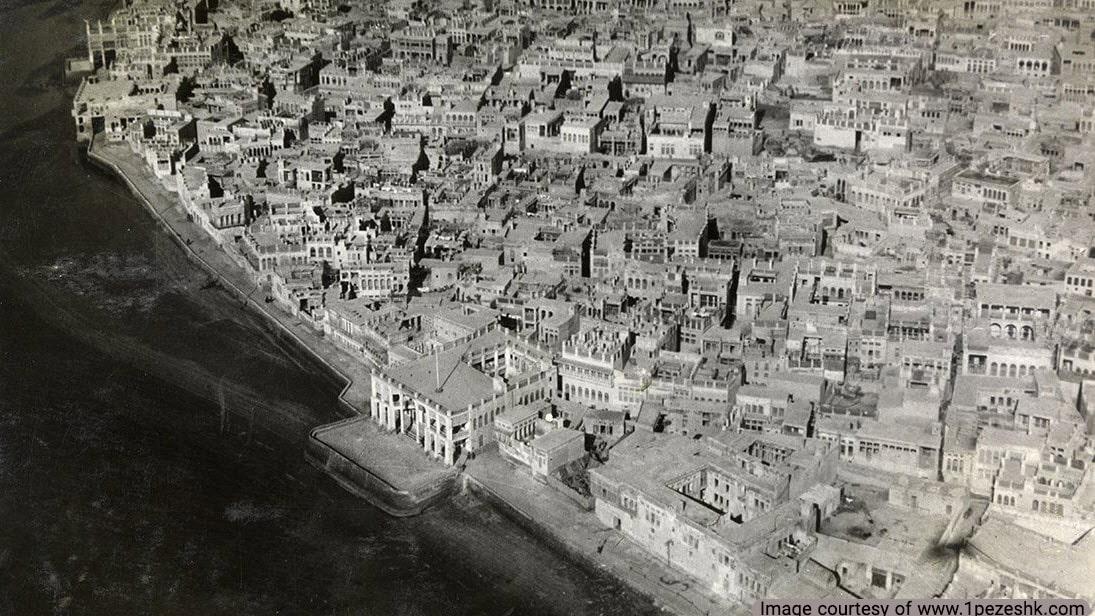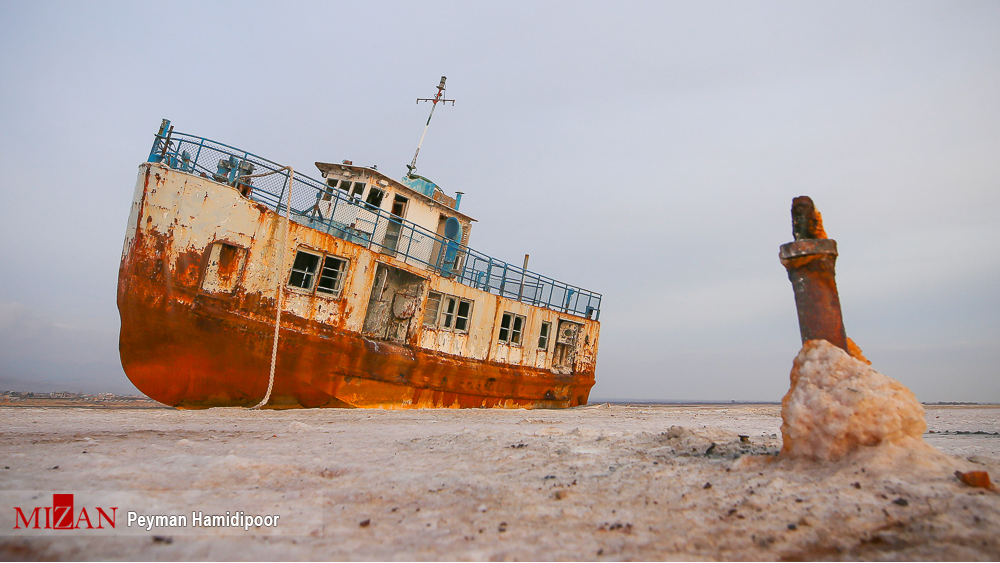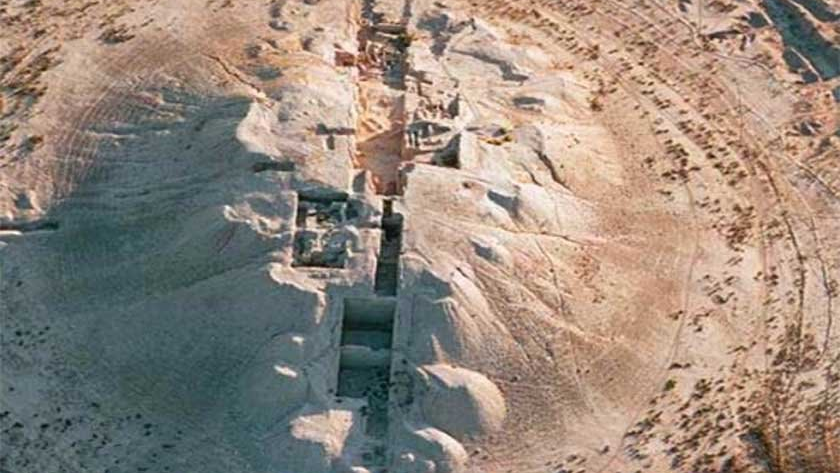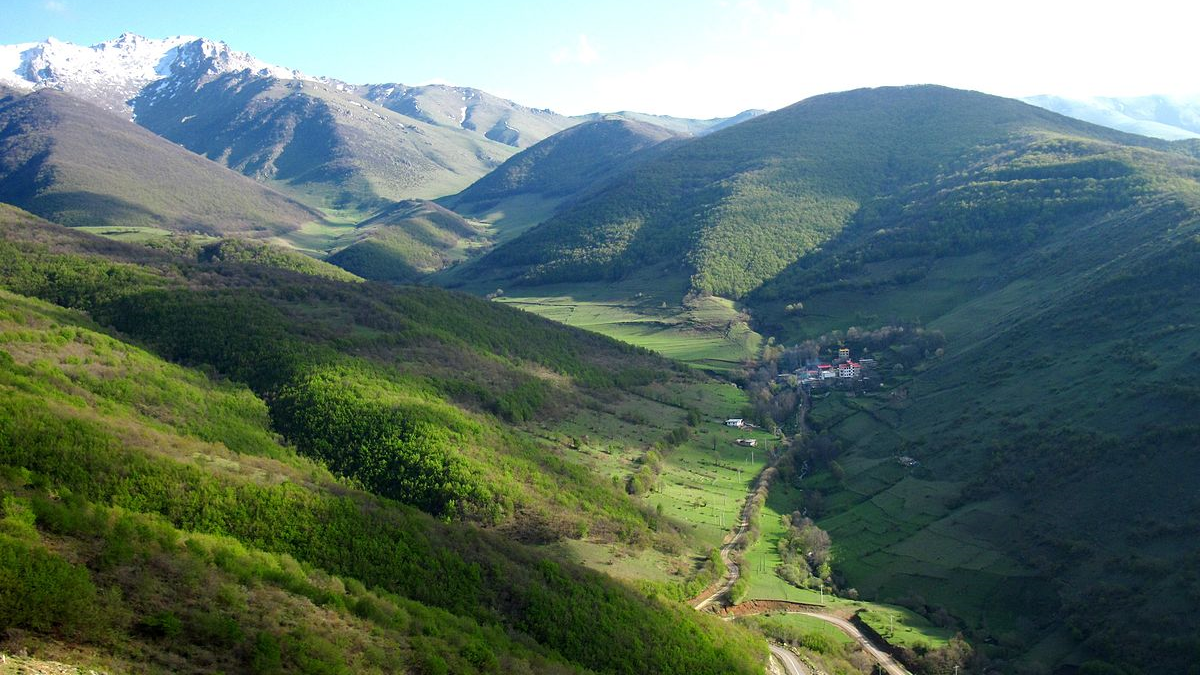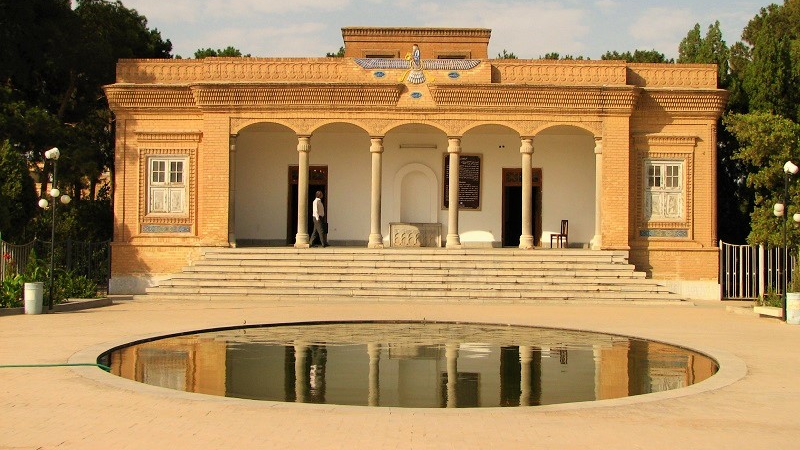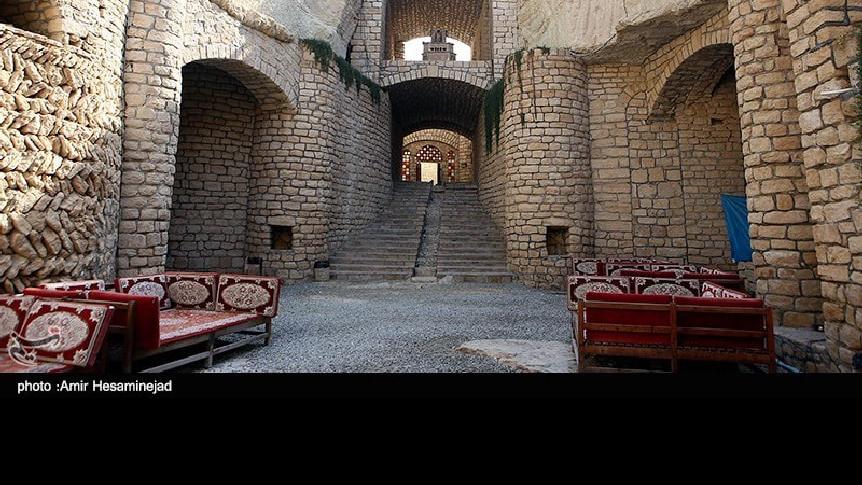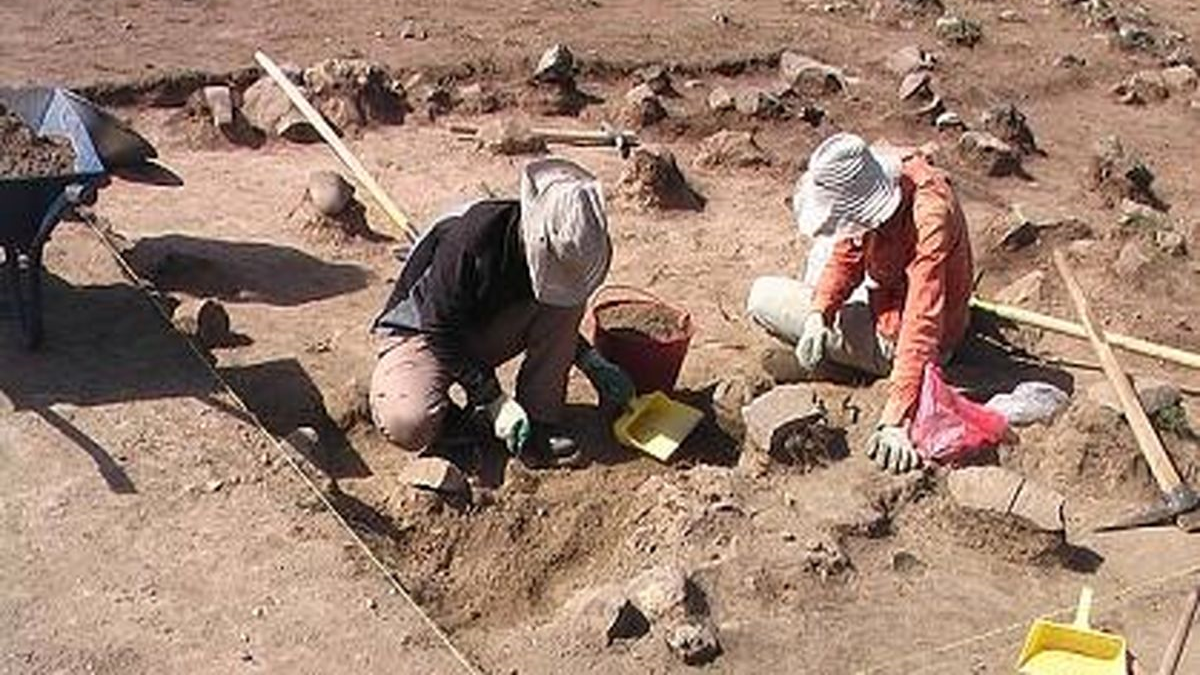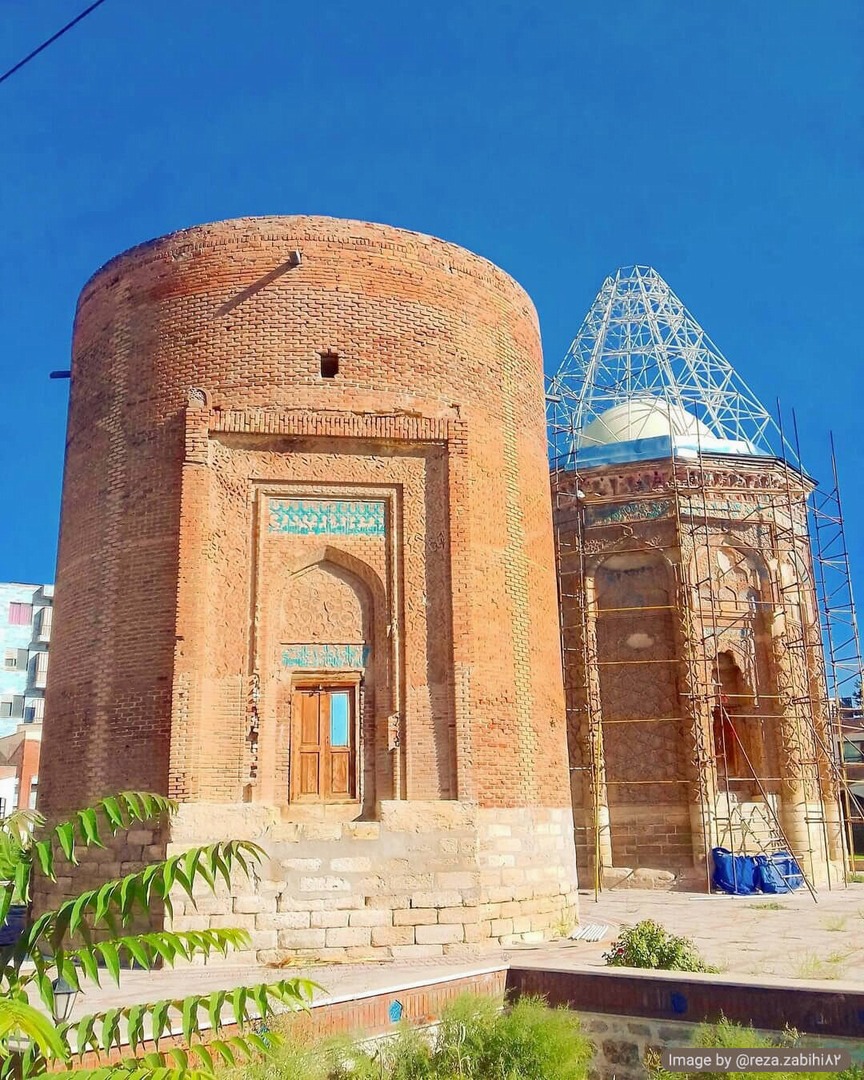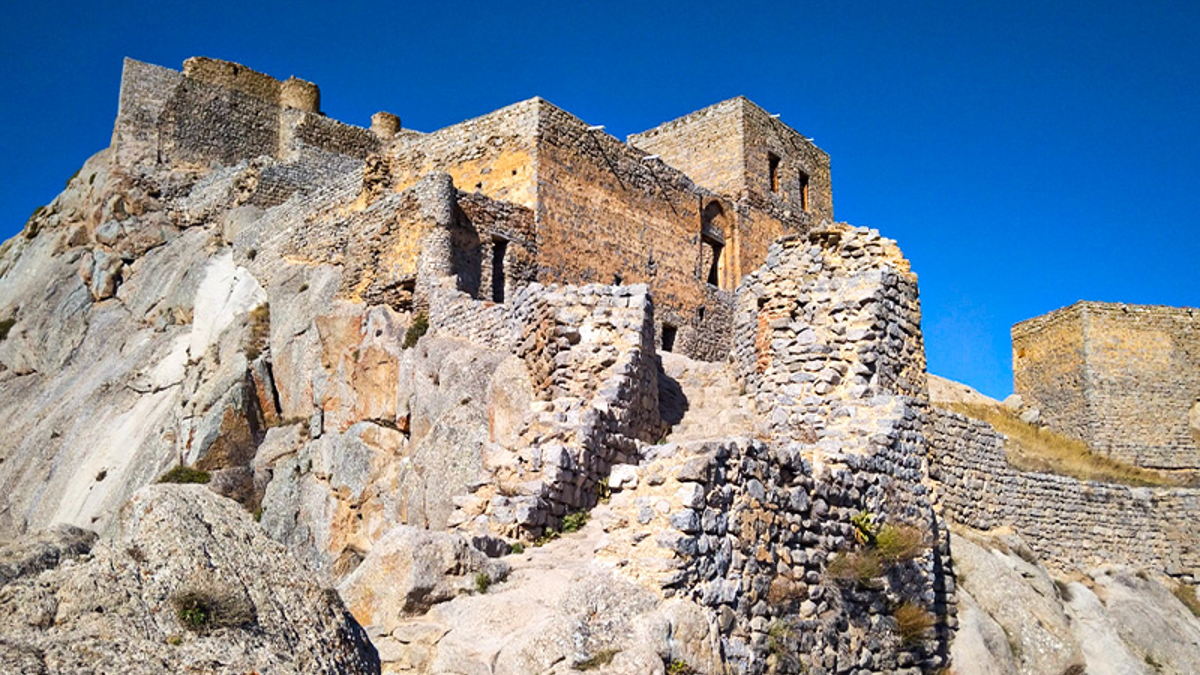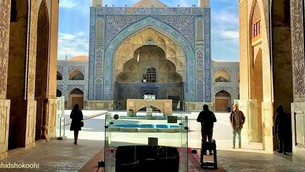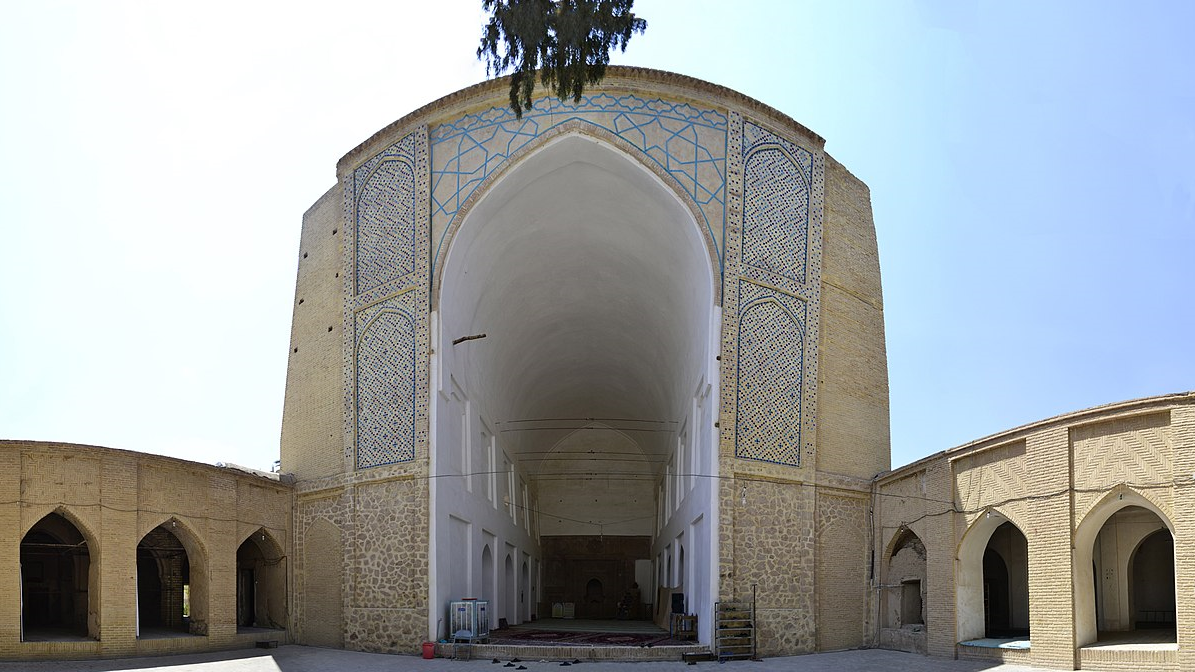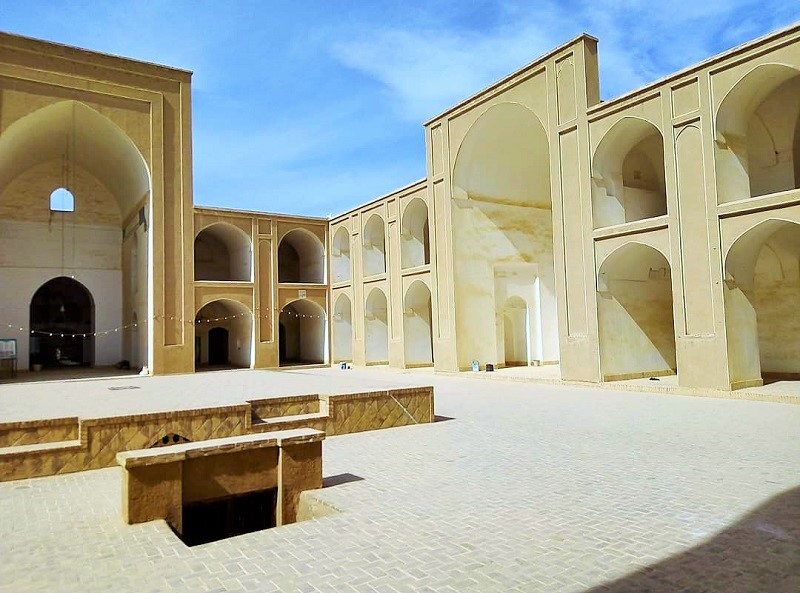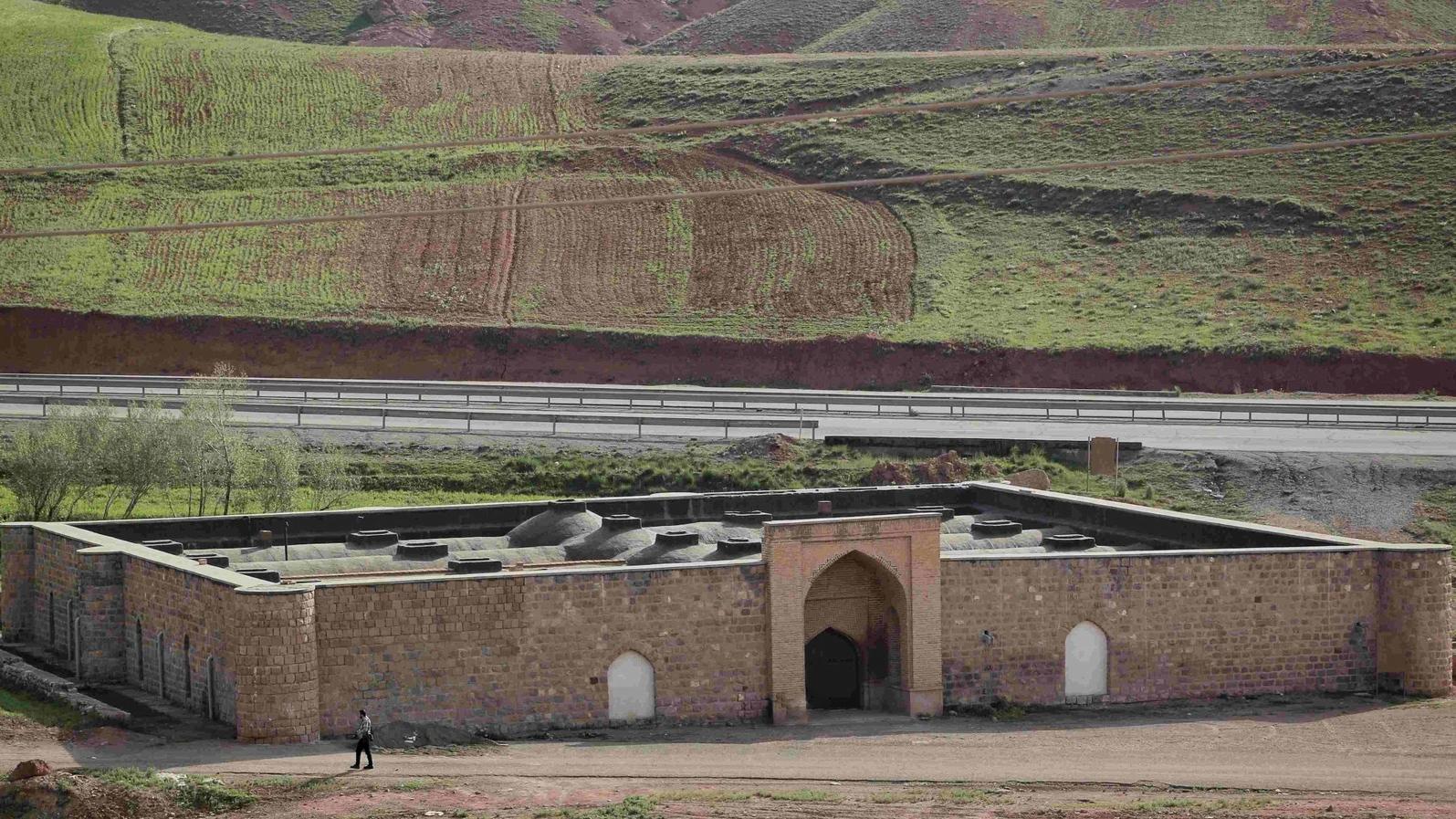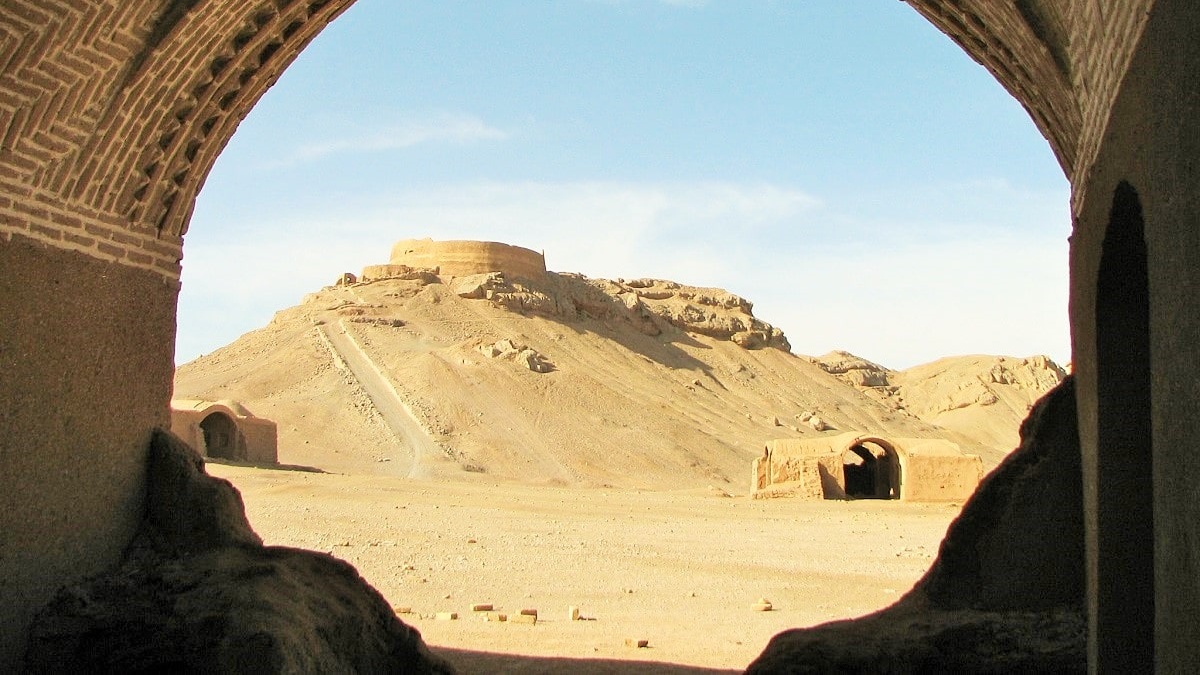
Bushehr, A Historic and Strategic Port of Iran
Bushehr, A Historic and Strategic Port of Iran
Today, the Persian Gulf is regarded as one of the most important regions in the world for the production and export of oil and gas. Throughout history, this beautiful gulf has played a vital role in Iran’s trade and economy, with ports established along its shores since ancient times. Bushehr is one of these ports and remains one of Iran’s largest coastal cities today.
Population, Economy, and Geography of Bushehr
The city of Bushehr can be described as a peninsula. With a population of over 220,000, it serves as the capital of Bushehr Province, which is bordered by the Persian Gulf to the north, west, and south. The main occupations in this region include fishing, shipbuilding, and trade. Beyond its geographical significance, Bushehr’s importance is amplified by its vast oil and gas reserves, particularly in the South Pars and North Pars fields. The province is also home to a nuclear power plant, further enhancing its strategic role. Because of these features, Bushehr is often referred to as the Energy Capital of Iran. The province also hosts two special economic zones: the Bushehr Port Special Economic Zone and the Pars Energy Special Economic Zone.
The elevation of Bushehr is approximately 18 meters above sea level. Climatically, Bushehr is classified as a hot, semi-arid region. The constant humidity in its sultry air moderates temperature fluctuations, preventing extreme cold in winter and excessive heat in summer. Bushehr’s strategic economic position has led to the development of strong infrastructure, making travel to the city more convenient. The Bushehr International Airport, one of the three oldest airports in Iran, operates regular flights to various Gulf countries.
The airport was established in 1919 (1298 AH). A flight from Tehran to Bushehr takes approximately 90 minutes. Currently, the Port of Bushehr, with its seven docks totaling over 1,100 meters in length, can accommodate a variety of commercial, recreational, and passenger vessels. The port is capable of handling ships up to 15,000 tons and has an annual cargo capacity of over three million tons. Among Bushehr’s docks, the Valfajr Pier is specifically designated for passenger transport.
History of Bushehr
The history of Bushehr is estimated to stretch back five thousand years, and remarkably, the city has maintained its strategic and vital importance throughout most of this time. The earliest archaeological findings from the area date to the Elamite period (third millennium BCE), though Bushehr is believed to have expanded significantly under Ardashir I (224–242 CE). For this reason, some historical sources refer to it as “Ram Ardashir” or “Bukht Ardashir.” However, the foundation of modern Bushehr is attributed to 1735 CE (1114 AH), during the rule of Abu Mehiri from the Al-Mazkur dynasty. In the Qajar era (19th century), Bushehr became Iran’s most important port, and it is said that as many as 20 countries had consulates there at that time.
A view of Bushehr Port — 1970s CE / 1350s SH
Bushehr’s long history has endowed it with a rich culture and numerous historical attractions. It is considered the first city in Iran to have introduced lithographic printing, electricity, ice-making, and the telegraph. Among Bushehr’s notable historical sites are: Rishahr (the oldest district of Bushehr), Qavam Water Reservoir, the historic mansions of Malek, Golshan, Kooti, Qazi, Amiriyeh, and Dehdashti, Sa’adat Schools, the historic bazaar, Golestan and Golshan houses, and the Kolah Farangi Mansion. The historic fabric of Bushehr, dating back to the Afsharid era (18th century), is located in the northernmost part of the city and has been registered as a national heritage site.
Other notable attractions in and around Bushehr include the Salt Dome, Siraf Cemetery, Goor Dokhtar (the Daughter’s Tomb), Shoghab Cemetery, Borazjan Fortress, Khormuj Castle, the Armenian Church, Chehel Khaneh Cave, and the Jafreh Pier — all of which offer visitors a glimpse into the region’s ancient heritage and natural beauty.
Several museums operate in Bushehr, the most prominent of which is the Persian Gulf Regional Museum, the largest museum in southern Iran. Another major attraction is the Rais Ali Delvari Museum, covering an area of about 2,500 square meters; it provides insights into the history of Bushehr and displays documents related to the British occupation of the city. The Persian Gulf Maritime Museum also showcases ships, nautical maps, maritime tools, and exhibits highlighting the region’s rich seafaring heritage. Along Bushehr’s scenic tourist beaches, there are many recreational and service facilities. Visitors can enjoy the beauty of the Persian Gulf while relaxing at one of the coastal cafés — the perfect spot to spend a tranquil evening by the sea.
| Name | Bushehr, A Historic and Strategic Port of Iran |
| Country | Iran |
| State | Bushehr |
| City | Bushehr |
| Type | Historical,Natural |
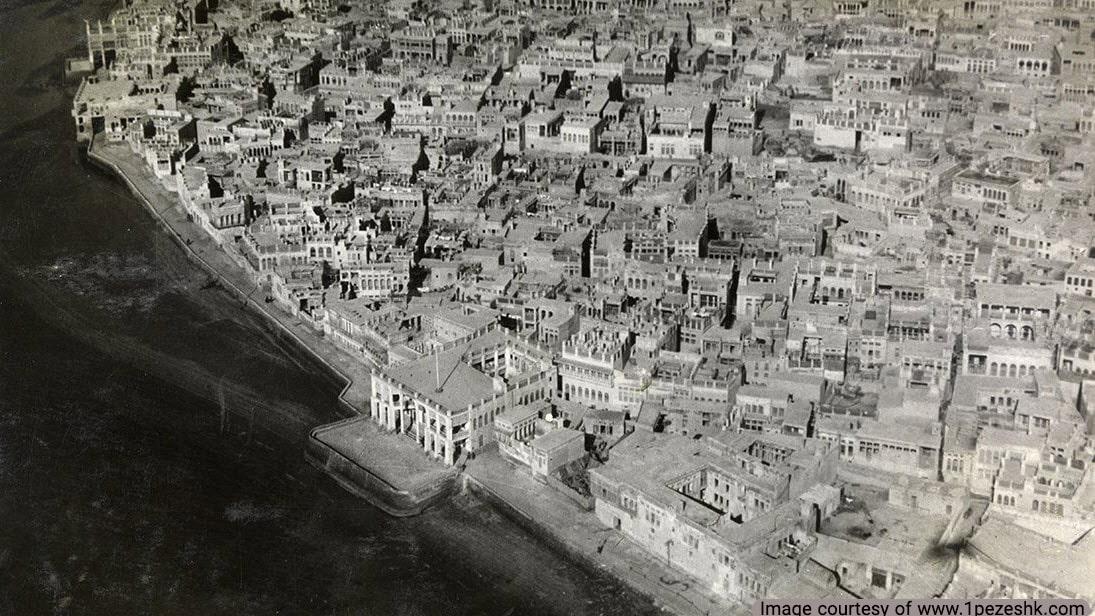

Choose blindless
Red blindless Green blindless Blue blindless Red hard to see Green hard to see Blue hard to see Monochrome Special MonochromeFont size change:
Change word spacing:
Change line height:
Change mouse type:
